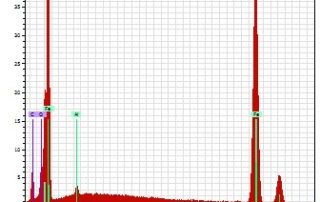Customer Focus: Failure analysis is an important aspect of product development and process improvement to ultimately help prevent future failures. Moreover, Failure analysis is a comprehensive approach to determine the root cause of how or why a material or product failed.
Each failure analysis investigation begins with an in-depth discovery of the material or part that failed including its composition, application and environment. Based on background information, many different testing and inspection services may be used to identify the cause of the failure. A failure analysis will always include fractographic investigations, but may also include hardness testing, mechanical testing, metallographic evaluation, chemical analysis, NDT or dimensional inspection services.
While identifying the root cause(s) is the primary goal of any failure analysis, with Secat’s advanced interpretive analysis of the data, Secat can identify the key variables in your process to reduce future defects. Additionally, Secat staff can help you navigate issues by supporting you in the development of fishbone diagrams, 5 why’s, corrective actions and other standard problem-solving methods.
Secat’s daily exposure to advanced aluminum metallurgical challenges gives our team unique expertise in unmasking root cause(s) and solutions based analysis, including:
Investigation Examples
Tear-off is a common defect for can makers. Can makers want to know the true tear-off causes in order to take prevent actions to avoid the defect occurrence. However, many factors can result in the tear-off during can deep drawing, and the confirmation of cause is challenging due to the fact of very thin can wall (~100µm) and seriation fracture cross section.
Secat can identify the cause of tear-off. Below is an example.
The defects in both casting and rolling process can result in a pinhole defect on the cans. Secat can identify the cause of the pinhole. Below is an example.
Rolled in sheet is a big quality issue in sheet/plate/foil manufacturing plants. Secat can help plants confirm what the rolled in material is. Below is an example of a rolled in steel chip verification.














